News
-
 Astronomy
AstronomyMilky Way’s black hole pulling in gas cloud
Galaxy's maw begins to tear apart and change the velocity of an approaching object.
By Andrew Grant -
 Life
LifeMicrobes can draw the line between species
Wasps' gut inhabitants can kill or save crossbreeds.
By Susan Milius -
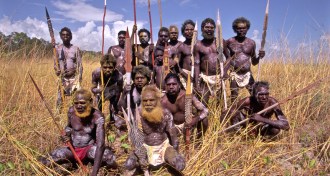 Anthropology
AnthropologyWar arose recently, anthropologists contend
Infrequent killings among hunter-gatherer groups fit a scenario of a largely peaceful Stone Age, a study concludes.
By Bruce Bower -
 Tech
TechSurgical tool smokes out cancer in seconds
Sniffing for telltale molecules, method analyzes tissue with every cut.
-
 Genetics
GeneticsTechnique inactivates Down-causing chromosome
Though far from a cure, the advance could eventually lead to gene therapy that alleviates some symptoms.
-
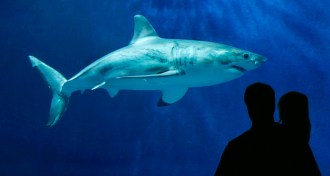 Animals
AnimalsFattened livers prep white sharks for extreme migrations
The organ's reserves enable a long journey from waters off California to Hawaii and back, tracking data suggest.
By Susan Milius -
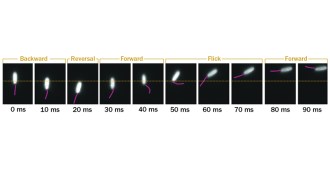
-
 Life
LifeGenetic test fingers viral, bacterial infections
If made to take less time, test could help doctors treat children's fevers.
-
 Tech
TechSound waves put levitation on the move
Technique transports nonmagnetic particles such as cells, water droplets and coffee grounds.
By Meghan Rosen -
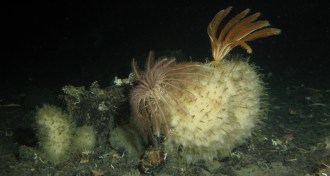 Animals
AnimalsSponges boom thanks to Antarctic ice shelf bust
Previously thought to grow at a slow pace, the sea creatures exploded in number.
-
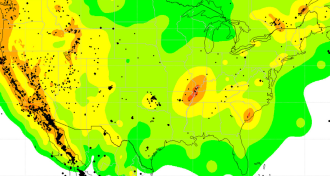 Earth
EarthHuge quakes may foretell smaller, human-caused ones
Distant powerful temblors triggered ominous activity at wastewater injection sites.
By Erin Wayman -
 Life
LifeGene therapy treats children with rare diseases
Six kids are healthy, up to three years after treatment.